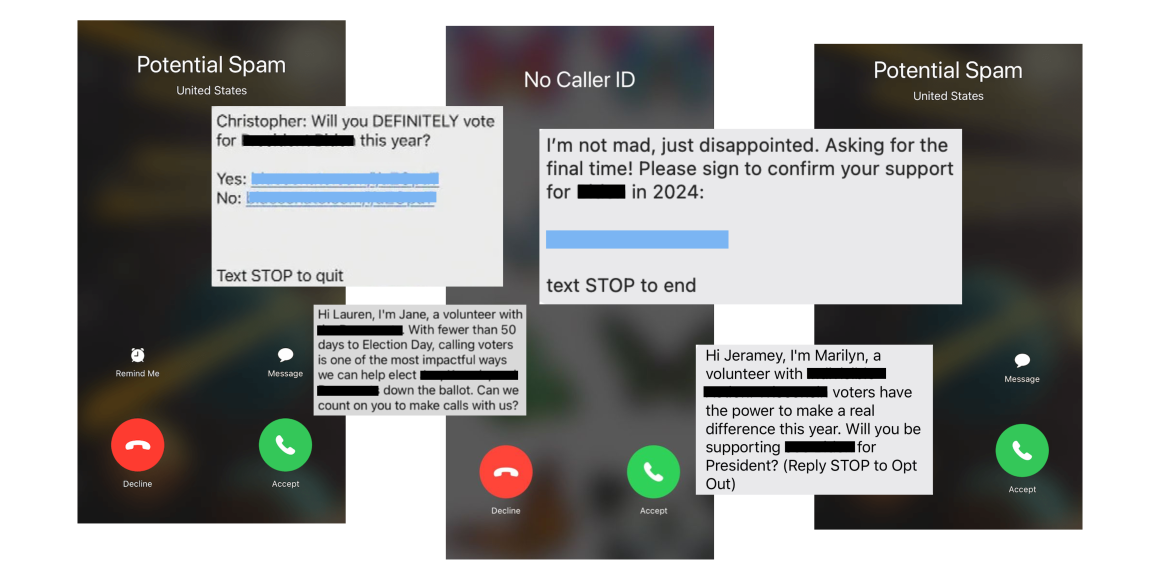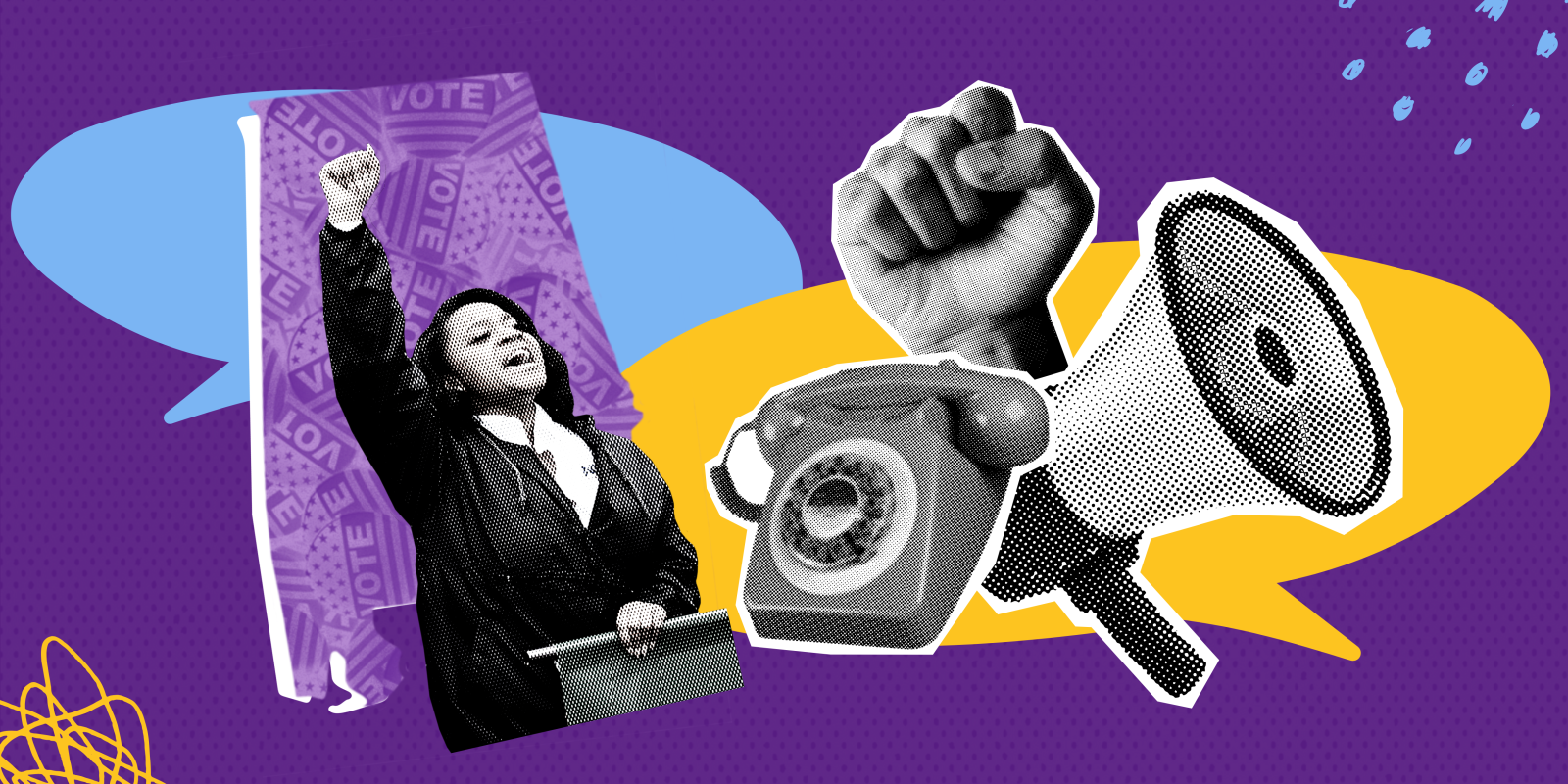More than any politician, organization, pastor, or community leader–YOU are the most powerful messenger for your people. By simply using the power of your relationships, you can get your community to take action and vote!
Research proves that a conversation between people who know each other is 2.5x more effective at driving voter turnout than a conversation between strangers. Have you received (and ignored) any of the following lately? Your friends and family probably have too.

Alabama has the 5th lowest voter turnout rate nationwide. It’s no wonder folks don’t feel represented by their leaders in Alabama– they aren’t voting for them! We can take responsibility for making sure that our friends and family vote by calling, or texting, or DM'ing them, to remind them before an election. Check out our Digital Organizing Toolkit for resources to help you mobilize your people to the polls.
But what about our friends, neighbors, barbers, cashiers, and community members who aren’t interested in voting? All the folks we know who are likely registered to vote, but just aren’t turning out? Turning nonvoters into active voters requires more intention than a one-time, traditional, transactional voting conversation. So to help you get started, we’ve created a conversation guide focused on listening and connection so you can get into WHY folks aren’t exercising their rights at the polls.
